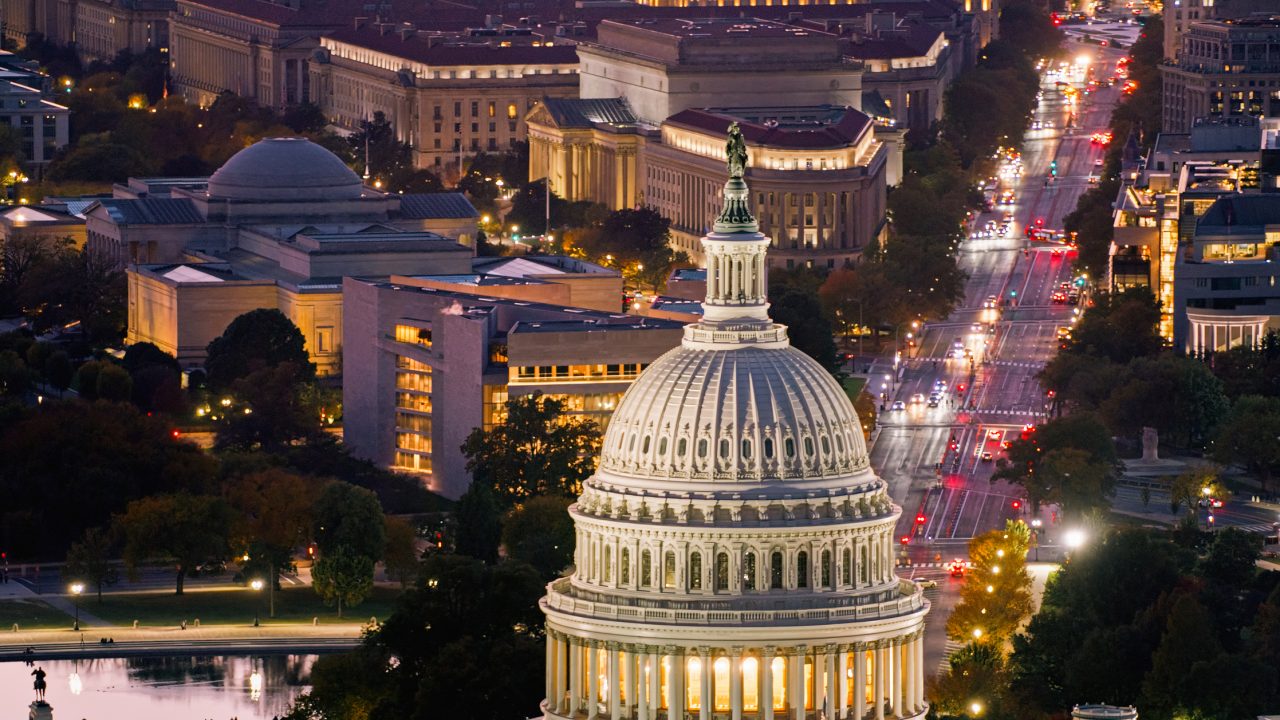By now, the powerful global shift toward green building practices does not come as a surprise to anyone in the construction industry. Spurred by the findings of recent Intergovernmental Panel on Climate Change reports and the call to action heard at the Conference of the Parties 26 in Glasgow last fall—as well as extreme weather and other clear signs that the dangers of climate change are upon us—real estate owners, developers and investors worldwide are increasingly prioritizing the sustainability of the built environment.
The World Green Building Trends 2021 report, published by Dodge Data & Analytics and based on a 2021 survey of global building industry participants conducted in partnership with the World Green Building Council, found a significant increase in the expected level of green building activity over the next few years. In the United States, 34% of respondents reported a majority of their building projects were green in 2021, but 48% expected that the bulk of their projects would be green in 2024.
The reasons for the shift to green building are also evolving. The business case for energy efficiency and other sustainability measures is becoming more clear as payback periods for building retrofits continue to shrink due to operating cost savings and government incentives. The same is true for green design in new construction. A concern for the health of building occupants in the wake of COVID-19 continues to drive the adoption of some green practices. And the World Green Building Trends report found that, increasingly, respondents cited an internal corporate commitment or simply the imperative of doing the right thing as a reason for going green.
But one underappreciated factor driving sustainability in the built environment is the impact of government-imposed mandates. A variety of municipalities in the United States have adopted regulations affecting the existing building stock or new construction, or both, requiring the incorporation of specific sustainability design features or simply requiring buildings to reduce their greenhouse gas emissions by any means necessary. Contractors in these locales will see demand for green features continue to increase and, as these types of mandates spread across the country, the trend will become even more widespread.
Mandates Are Proliferating in the United States
New York City’s Local Law 97 is the most discussed of these local initiatives. Adopted in 2019 as part of the package of laws comprising the city’s Climate Mobilization Act, Local Law 97 requires New York’s largest existing buildings (those over 25,000 square feet) to meet increasingly stringent carbon emissions limits beginning in 2024. Hefty fines are attached for non-compliance, and limited exceptions exist. The Urban Green Council recently estimated that the boom in building retrofits needed to bring buildings into compliance with the law could create a market as large as billion over the next decade, and Massachusetts Institute of Technology professor David Hsu projected that compliance could create as many as 141,000 new jobs by 2030.
While New York is a leader in this field, it is not alone. In October 2021, the City of Boston adopted an amendment to its Building Emissions Reduction and Disclosure Ordinance (BERDO) to set shrinking emissions targets for existing buildings over 20,000 square feet, with the goal of cutting such emissions in half by 2030 and eliminating them by 2050. Washington, D.C., has adopted a set of Building Energy Performance Standards that seeks to halve building carbon emissions by 2023.
In each of these cities, and others like them, a cottage industry of consultants has grown up to support the booming retrofit market. Contractors with experience in green retrofits will be in high demand.
New Construction Is Affected–Not Just Retrofits
Mandates are coming to new construction as well. While many jurisdictions have long required adherence to building codes with green elements, such as the California Green Building Standards Code, individual localities are adopting regulations to restrict the use of natural gas in new buildings or to require electrification. Ithaca, New York, for example, recently adopted a new Green Building Policy with the goal of decarbonizing all of the city’s existing buildings and requiring a comprehensive set of green measures, including the electrification of new buildings. After the City of Seattle banned gas heating in new buildings in 2021, the surrounding state of Washington followed suit and adopted a similar policy earlier this year. Other examples abound, including Denver, San Francisco and Philadelphia.
The most recent development came in Massachusetts, where Governor Charlie Baker decided in August 2022 to sign a major piece of climate legislation despite concerns over one piece of the bill that would allow up to 10 communities to restrict or ban the use of fossil fuels in new construction. That provision did, in fact, make it into the final legislation, and it remains to be seen how quickly Massachusetts cities and towns will take action.
Construction Firms Will Need to Adapt
The upshot of all of these developments is that construction firms will continue to see increased demand for green practices in new builds as well as in renovations and retrofits. This trend has been underway for quite some time, but it will accelerate over the coming years as previously enacted local building emissions reduction mandates take hold and new ones come online. Real estate owners and developers who had not yet grasped the business case for sustainability will increasingly be forced into adoption if they want to develop projects in cities with mandates in place. And they will be looking for contractors who have the expertise and the experience to deliver sustainability at a reasonable cost. The opportunity will be tremendous, not only for savvy construction firms but also for the planet.







